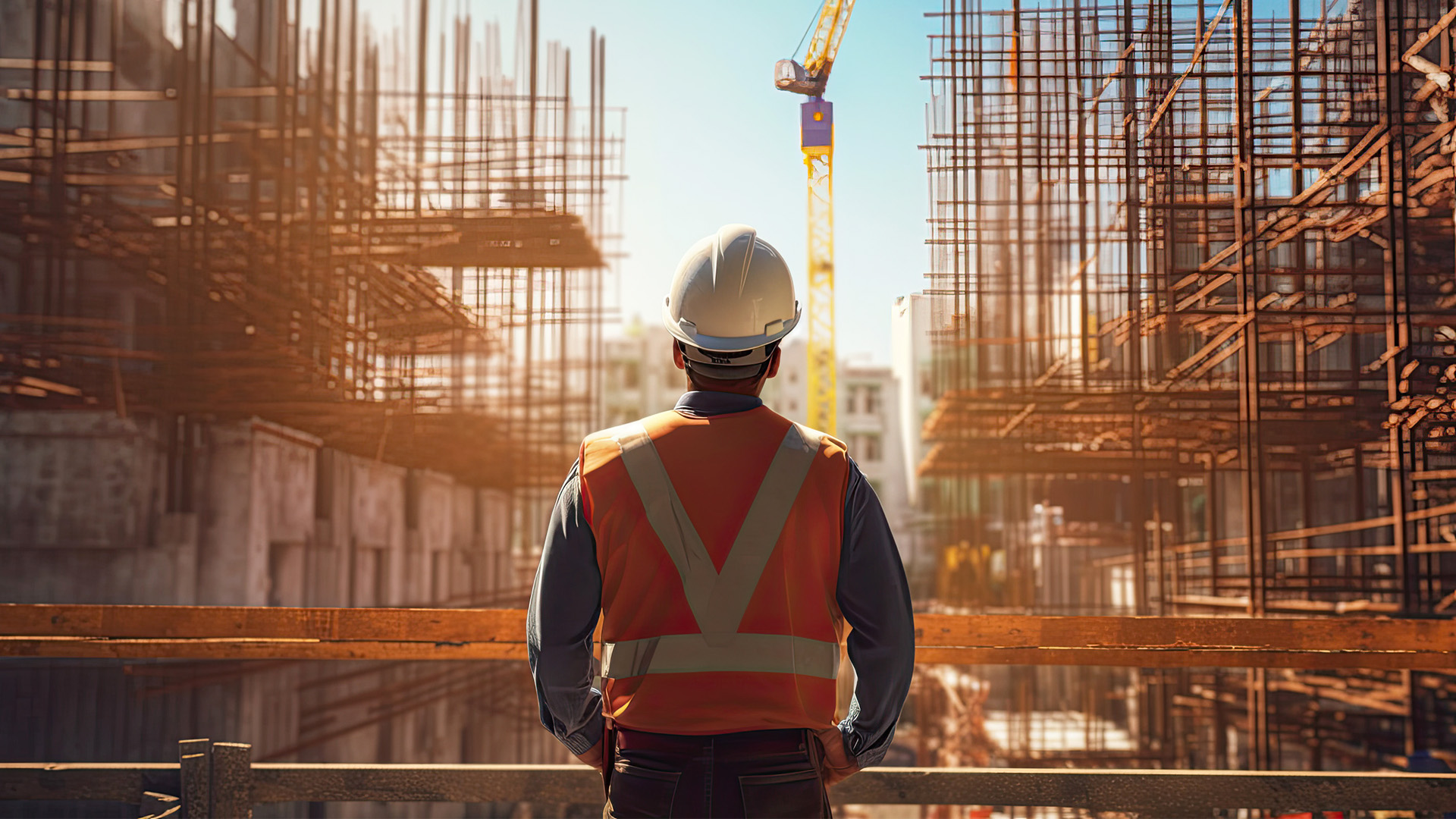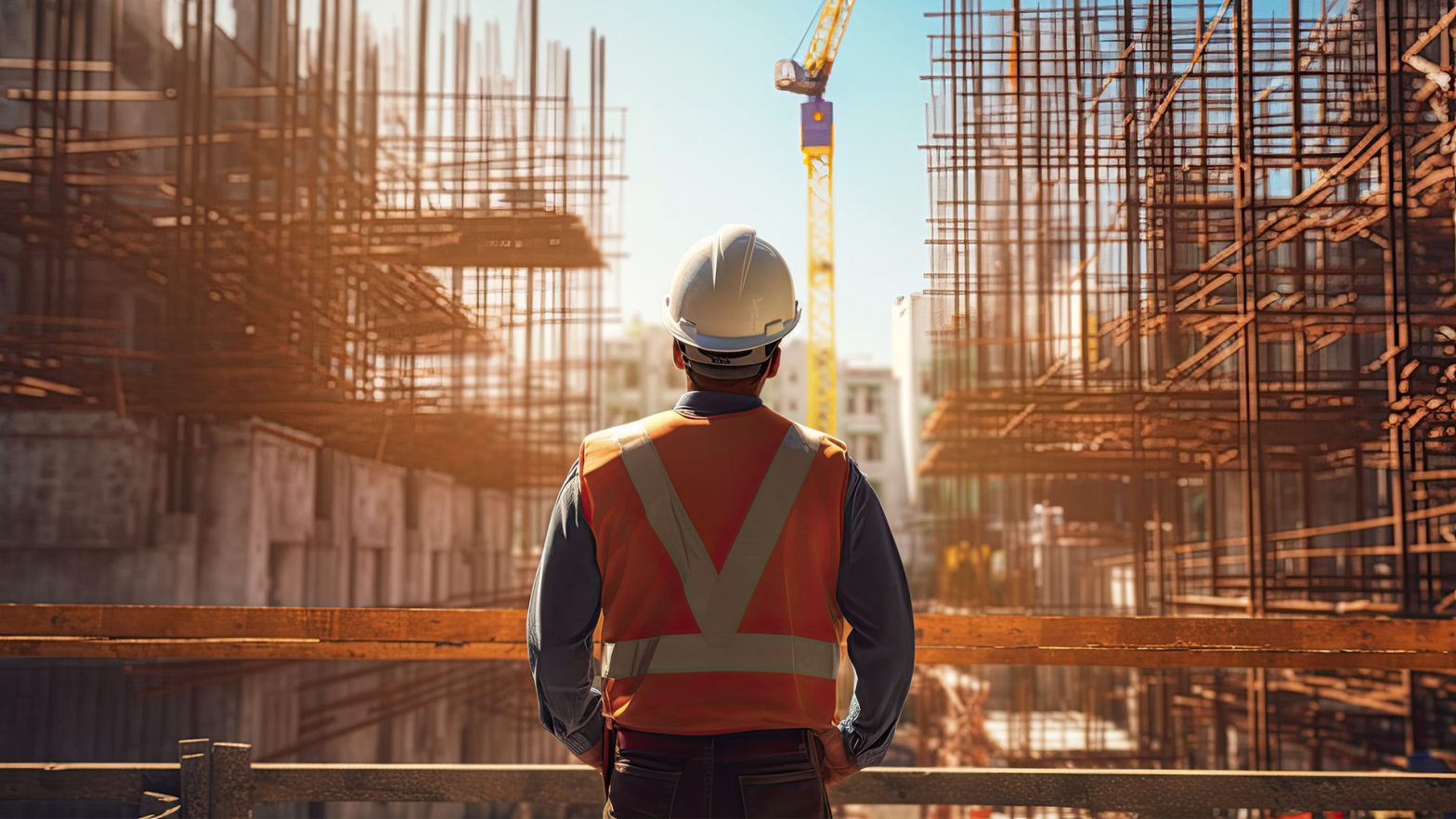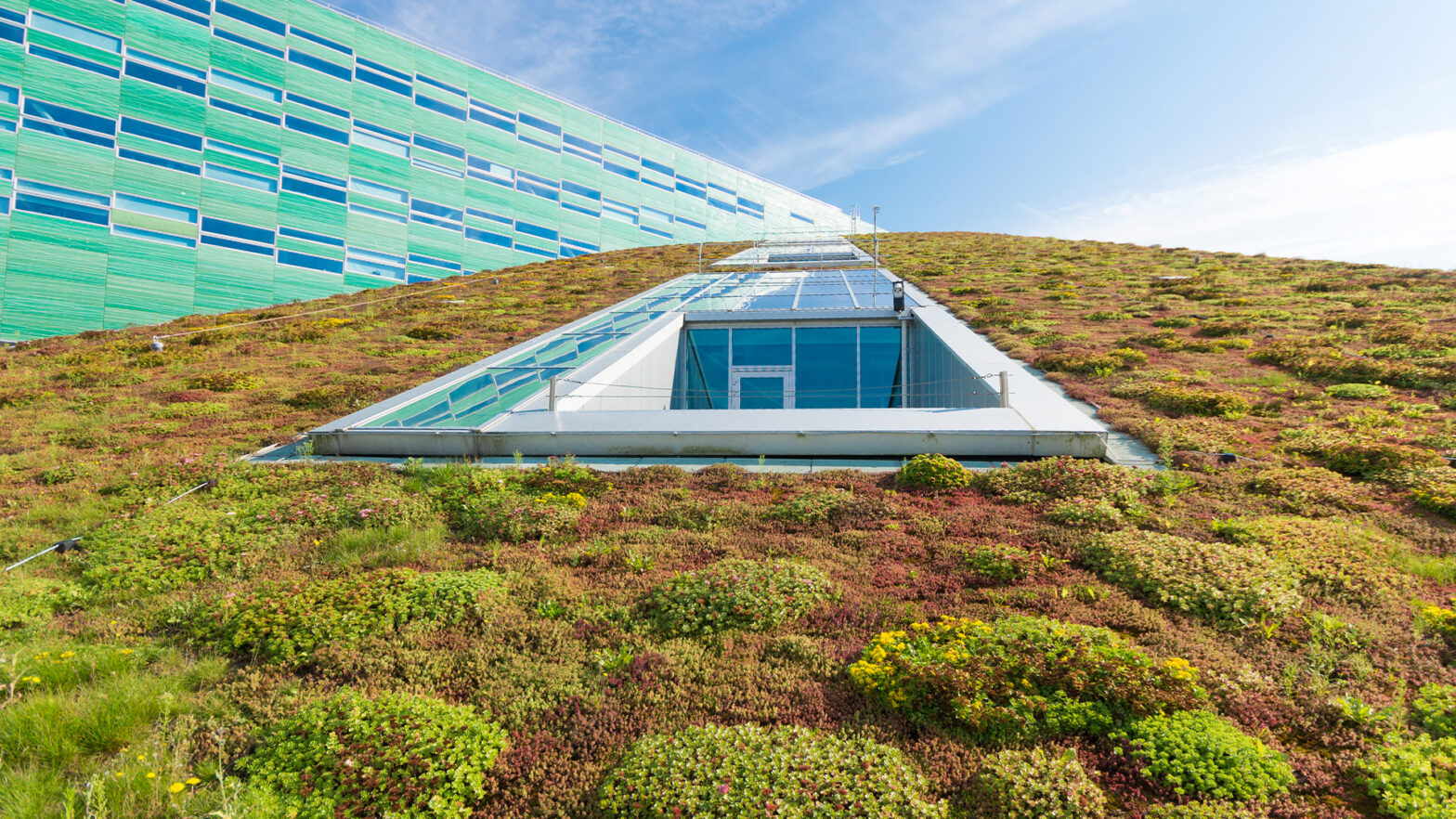
By Evelyn Long, Editor-in-Chief of Renovated
When people picture an environmental hero, the image that pops into their mind probably isn’t someone in a hard hat, yellow vest and steel-toed boots. However, reality tells a different tale. The construction industry has made tremendous strides in giving planet Earth a chance to heal with improved techniques that take less and regenerate the materials used.
The built environment contributes to climate change, with new residential housing alone releasing 26-39 million tons of carbon dioxide annually. That means improving processes have a wider impact than individual efforts.
Fortunately, plenty of entrepreneurial innovators have stepped up to the plate to address this issue. Here’s how the construction industry is giving the planet a second chance.
Rehabilitating Infrastructure and Critical Wildlife Habitats
Ecosystems like Virginia’s Big Stoney and Little Stoney Creeks offer paradise for local anglers. They’re favorite haunts of fly fishers who come to the region in search of trout. This wilderness provides great fishing from March through November and healthy lean protein for those who reel in a catch.
However, nature has developed alongside human improvements. One such structure is the Stoney Creek Reservoir Dam. Although the surrounding wetlands provide ample wildlife habitat, the structure itself fell into disrepair. The dam is classified as a high hazard, but restoration efforts reinforced the existing infrastructure with roller-compacted concrete, sand blanket and stone trench drainage.
These improvements prevent groundwater seepage, maintaining this resource for human, plant and animal life. It protects slopes from failure, maintaining the integrity of the habitat for the creatures that live and people who recreate nearby. Similar construction projects work to preserve the security of these ecosystems.
Improving Accreditations in Green Building Technologies
Many professions have governing boards that offer elite credentials to professionals who go above and beyond to improve existing techniques and employ the highest standards, and construction is no exception. The LEED accreditation process recognizes those individuals committed to building green, sustainable projects.
While LEED certification applies to individual buildings, accreditation follows the professional. There are two levels of accreditation that dedicated construction industry insiders can aspire to:
- LEED Accreditation Tier One — Green Associate: The easiest certification to attain, it requires sitting for one examination and has no prerequisites. It indicates that the professional has an up-to-date understanding of green building practices.
- LEED Accreditation Tier Two — LEED AP: This advanced accreditation applies to professionals with more comprehensive and detailed expertise in at least one area of green construction, such as building and design, operations and maintenance or neighborhood development. You must first reach associate status before applying for one or more of these accreditations.
Those interested in pursuing accreditation can find free study information and a practice test. Once they pass the exam, they can maintain their credential by completing 30 continuing education credits every two years.
Constructing Net-Zero Energy Communities
Imagine a community that doesn’t rely on the grid — it supplies its needs independently, even producing surpluses. Such a vision doesn’t come from “The Jetsons.” It’s happening here on Earth in several locations, thanks to the construction industry heeding the call for net-zero energy communities in its quest to give the planet a second chance.
A net-zero energy community is one where planners meet power needs through renewable sources, such as solar. Look at these examples that exist today:
- Kaupuni Village in Hawaii
- Red Fox Crossing in Wisconsin
- DeYoung EnVision in California
Net-zero energy communities are more sustainable because they don’t rely on fossil fuels to supply their power needs. Additionally, they’re safer in an increasingly uncertain world. Since individual homes and buildings act like de facto power stations, there’s less danger of grid attacks leaving everyone in the dark. If one power “plant” goes down, there are multiple others to pickup the slack.
Elevating Waste Management Practices to Create New Materials
The U.S. lags behind many other countries in sustainable waste management. Despite individual dedication to recycling, many materials nevertheless end up in landfills, where they contribute to methane emissions. Methane is a greenhouse gas far heavier than carbon.
Once upon a time, the U.S. exported much of its plastic waste, but cross-contamination led those nations to close their borders. Fortunately, the construction industry waits to pickup the slack. There are multiple uses for this material that’s notoriously hard to recycle in buildings, such as:
- Roofing: Recycled plastic can create lighter tiles than slate with a lower carbon footprint.
- Concrete: Recycled plastic can make concrete stronger for buildings and sidewalks.
- Structural lumber: Using recycled plastic to make new studs and planks reduces the need for toxic preservatives and varnishes and offers an advantage against termites.
- PVC windows: PVC windows have a longer lifespan than glass and are 100% recyclable.
- Ceiling tiles: Using recycled plastic for ceiling tiles provides superior insulation and soundproofing.
The Construction Industry Gives the Planet a Second Chance
It takes a collective effort to reduce climate change. The construction industry stands poised to do more, and savvy entrepreneurs with an eye for sustainability have already begun the hard work of shifting to greener practices.
Check out all the innovative ways the construction industry is giving the planet a second chance. The next time you see someone in steel-toed boots and a yellow vest, smile at them in gratitude, knowing they’re doing their part to be sustainability leaders.































